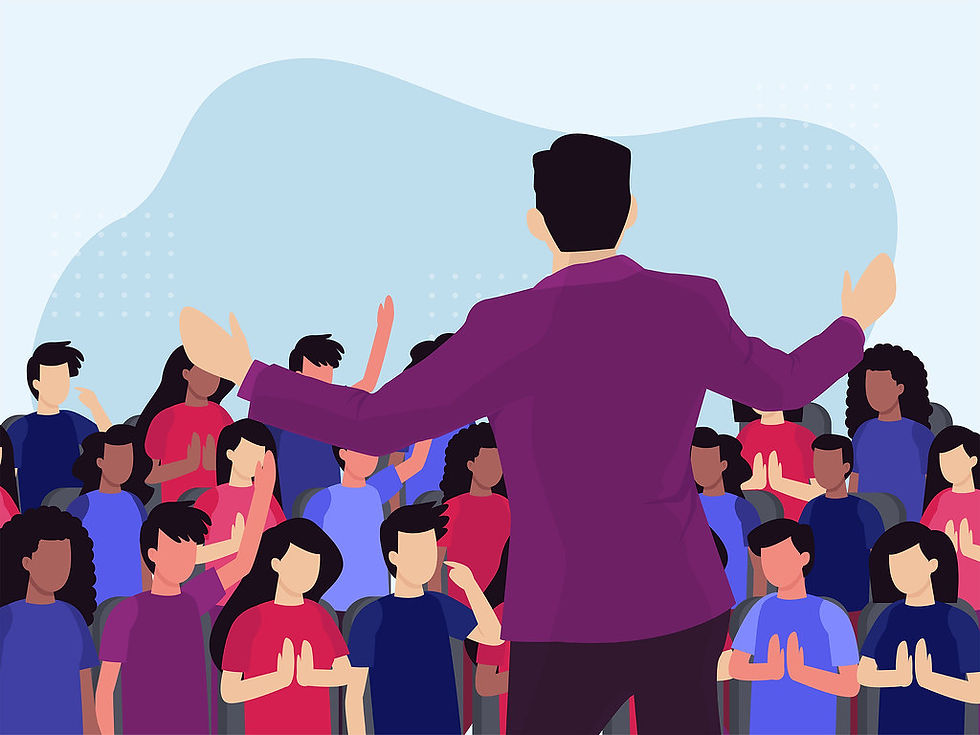The Influence of Social Media on SA/SV
- Sanah Ramchandani
- Dec 22, 2024
- 2 min read
Updated: Jan 11

Social media has been a game-changer, giving survivors a forum to discuss their experiences, dispel negative myths, and confront prejudices. The viral wave was sparked by writer and social media star Kelly Oxford, who bravely asked women to relate their first experiences of sexual assault. The deluge of reactions, which were frequently heartbreaking and intensely personal, turned into an outcry that required attention. #MeToo, #NotOkay, and #WhyDidn'tIReport were among the movements that made society face the seriousness of the problem. Survivors spoke up, bringing the topic into the public eye and finding strength in their common suffering.
Tarana Burke started the #MeToo movement in 2006 as a silent but effective cry to action for victims of sexual assault, especially young women of color living in low-income neighborhoods. Its goals were to create a network of supporters and allies and offer a route to recovery. When the #MeToo hashtag became popular in October 2017, more than ten years later, the movement took the world by storm, amplifying voices and bringing to light long-suppressed tales.

From #米兔 ("rice bunny") in China to #Sex4Grades in Kenya and #uykularinkacsin ("may you lose sleep") in Turkey, the movement shattered geographical boundaries, connecting survivors and advocates worldwide. This global solidarity underscored an undeniable truth: sexual violence is a pervasive issue, touching lives across every culture and community. The statistics are harrowing. Globally, more than one in three women experiences intimate partner or sexual violence in her lifetime, and in the U.S., nearly half of all transgender individuals are subjected to sexual abuse or assault. Behind each number is a survivor with a story that often remains unheard.

However, there are difficulties with this new voice. Despite their power, social media trends frequently don't last. Stories may remain unresolved due to the rapid fading of trends, and the intricacy of sexual violence may occasionally be reduced to ephemeral hashtags. Even worse, false information might proliferate, compromising the veracity of the facts and raising questions about the bravery of survivors. The headlines are dominated by high-profile incidents, while the desire for sensationalism muffles the voices of innumerable others.
It is impossible to overestimate the importance of connections despite these drawbacks. Online groups that promote healing and understanding have been formed by survivors who have found support and solidarity. This is the first time that marginalized groups—LGBTQ+ people, people with disabilities, and people from conservative cultures—have been given a forum to discuss the particular ways that sexual assault affects their lives. As seen by the international outcry over the Nirbhaya case in India, which resulted in legal reforms and extensive activity, social media has spurred protests, petitions, and policy changes.
There is more to the #MeToo movement than just a hashtag. It is an appeal for the world to do better and a monument to the tenacity of survivors. It has demonstrated that tales can be told, silence can be broken, and change—no matter how small—can start. Whether society can maintain this momentum and turn these moments of awareness into long-term action is the question at hand. Survivors deserve justice, healing, and a world that finally pays attention—they deserve more than fads.
By Writer Sanah Ramchandani and Researcher Mihika Gupta





Comments